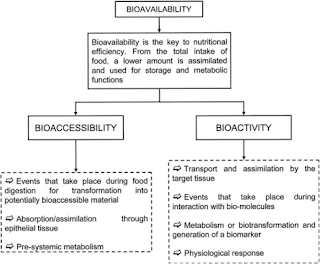Cereal grains comprise the principal component of human diet for thousands of years and therefore their processing represents a big asset of the food production chain. Wheat, rice, oat, barley and corn processing via dry and wet milling, pearling and malting includes complex procedures that generate an important amount of by-products that differ in their physical state and chemical composition.
Cereal processing by-products represent abundant and low-cost resources of phytochemicals (e.g. carbohydrates, proteins, dietary fibre, lipids, vitamins, polyphenols, inorganic and trace elements) with potential nutraceutical and pharmaceutical applications. To this line, their re-utilization and upgrade to high added-value applications is a great challenge towards the sustainable development of the agro-food sector for the years to come.
Oat processing and the alternative optionsThe target compounds and substrates are plenty and have been covered adequately through the whole book. Oat, its processing by-products and healthy components is a typical example of the available valorization and upgraded choices. Oats possess high amounts of water soluble fibers and particularly β-glucan (e.g. 2.2-7.8 g/100 g) as well as proteins (11-20 g/100 g). Their nutritional advantages in spite of diabetes and the control of blood cholesterol level have been attributed to the contained β-glucan.
To this line, the attribution of cereal β-glucan as functional ingredient has increased the interest concerning their incorporation in food formulations. Oat grains have been subjected to amylase hydrolysis (converting starch, carbohydrates and dietary fibers to maltose and β-glucan) in order to develop nondairy products. This process is monitored via enzyme kinetics modeling that optimizes the viscoelastic behavior of hydrolysates and simulates biodegradation processes of multienzymatic system based on cultures, e.g. hydrolysis of starch wastes.
Carbohydrate hydrolysis generates a drink that is consumed alternatively to milk products due to the lactose intolerance and cholesterol content issues of human populations, and a by-product (oat mill waste), which is usually dried and utilized as animal feed. The latest is rich in proteins and β-glucan that could be recovered using extraction and membrane technologies and utilized further in different applications, e.g. to replace fat of yoghurt and cheese.
Read full article in my Elsevier SciTech Connect Blog.











